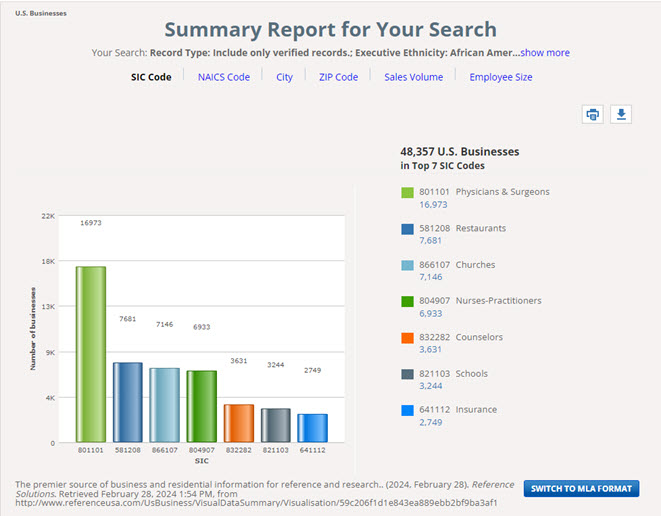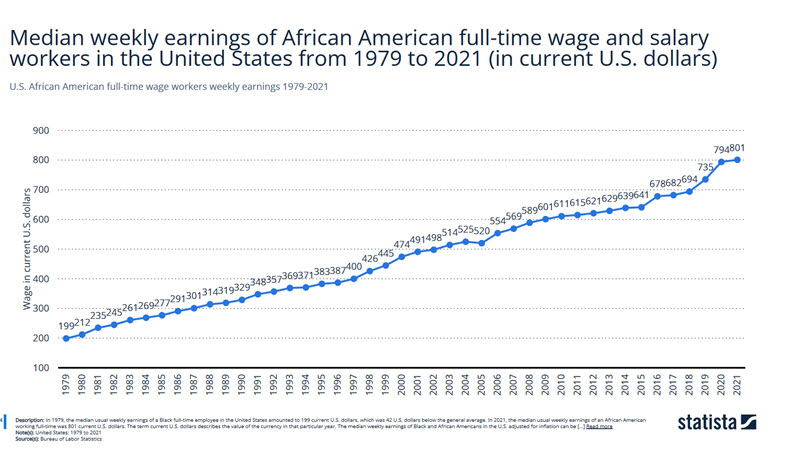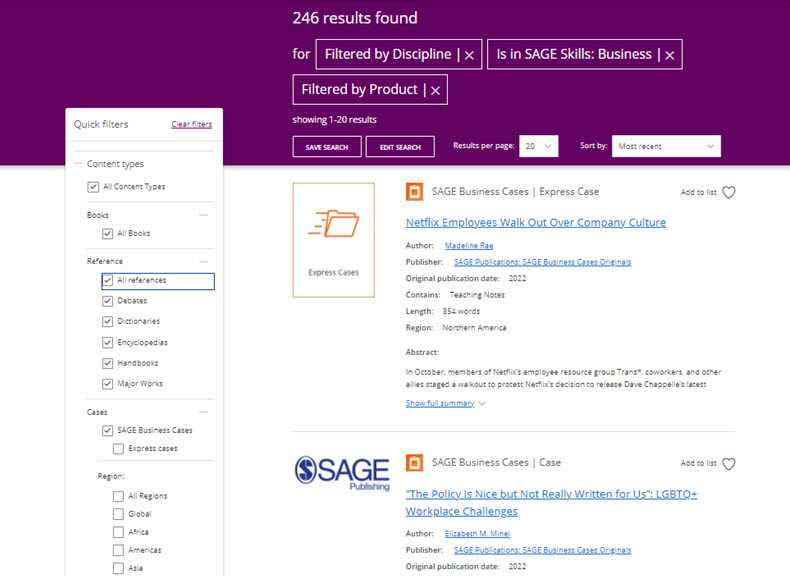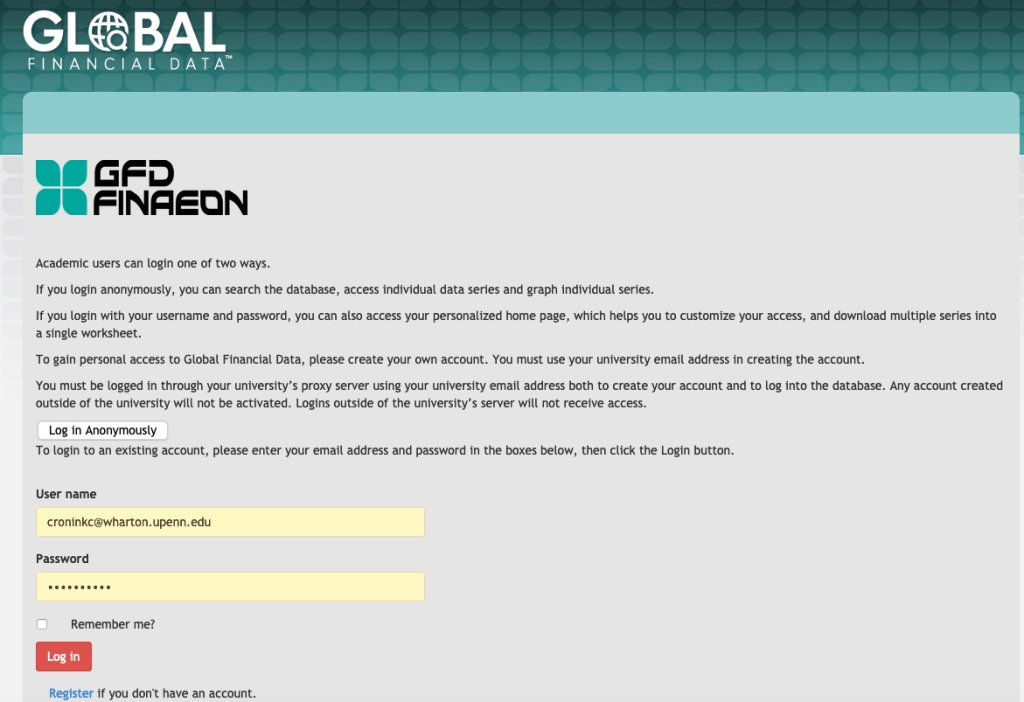Lippincott Library has many resources about Black entrepreneurs and business. Here’s some suggestions to get started with your research.

Try searching Franklin for African American business enterprises or African American businesspeople for a list of titles such as Encyclopedia of African American Business [Updated and Revised Edition [2 Volumes].
Looking for companies with minority ownership? Data Axle, a detailed company directory, allows you do an advanced search by executive ethnicity. You can combine this with industry, location and other variables. Click on Chart or download results. The image below shows the number of businesses by sic code. You can sort by NAICS code, city, zip code, sales and employee size.

Crunchbase (available at Lippincott Library) allows you to search for companies by Diversity Spotlight. I searched for Black/African American led.

Statista is an aggregator of statistics from a variety of different sources. It is international in scope. A simple search for diversity pulls up over 216 reports from many different countries. One report, Wages and salaries in the U.S. includes a section on diversity, including the table below.

For consumer information turn to Mintel, a database of consumer surveys and new products on the market. It covers the U.S. and the U.K. I searched “black consumer.

For more information, Pew Research Center recently published a report on Black-owned businesses in the U.S.
This is just a sampling of library resources. Come to Lippincott and ask librarians to show you more resources.



















